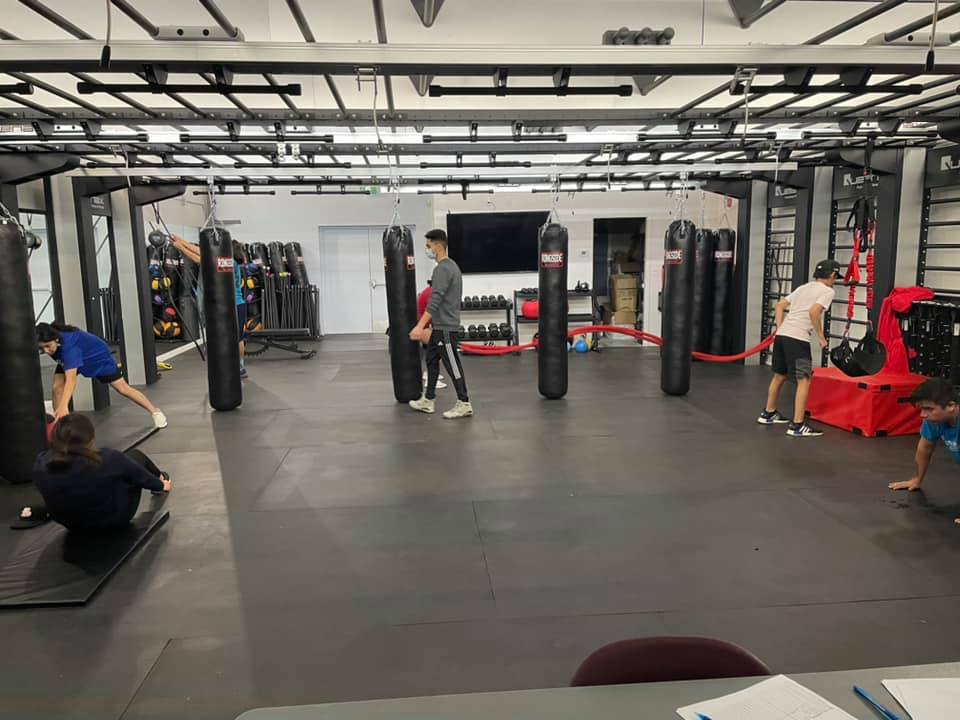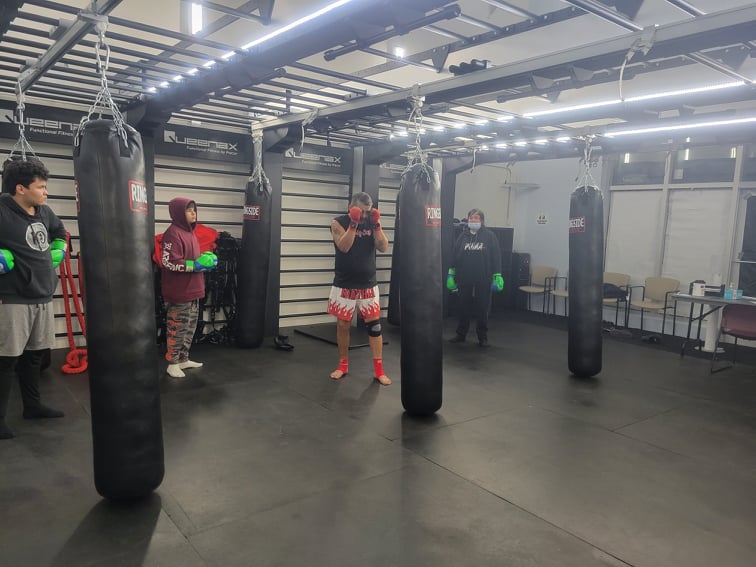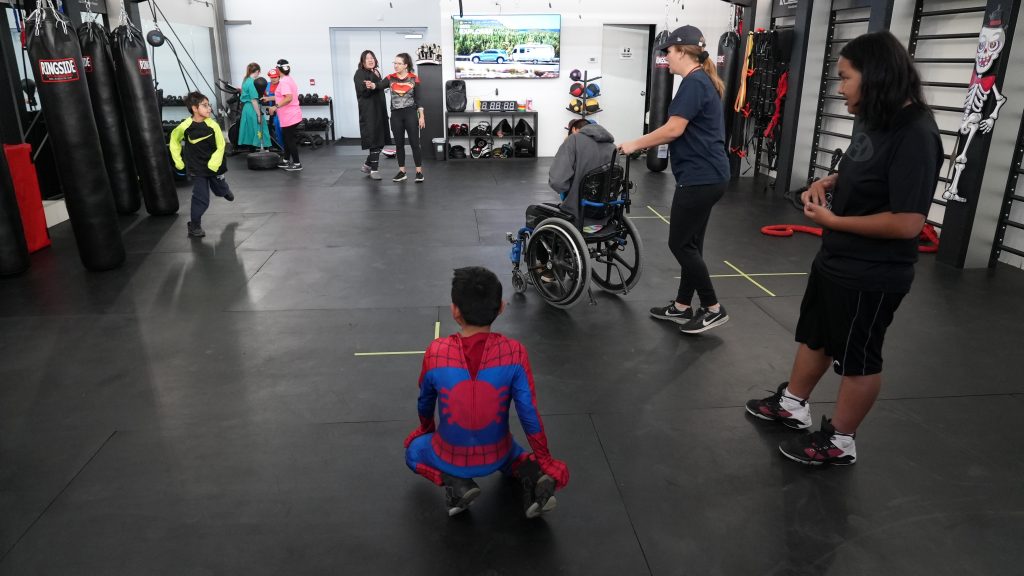
Many Guns Boxing & Fitness: More than just a gym
Dr. Quintina Bearchief-Adolpho, PhD, R.Psych
Our programs are specifically designed for reconnecting the mind and body of our clients, taking trauma damaged neurologically disconnected clients, and bringing them back online again. Each of our programs are intentionally designed for this purpose, because “What fires together, wires together.” Boxing, martial arts, capoeira, yoga, and dancing are modified in our gym for reconnection of the mind and body. Although all the positive benefits of working out in the gym are still a real potential, our emphasis is drastically different, focusing on calming down the amygdala and igniting the limbic system and prefrontal cortex. The aim of the gym is less biological and more neurological.
The brain comes online in three distinct phases and in this order: first is the emotional brain, then the mapping brain, and finally the rational brain. In trauma, the brain goes offline in reverse order: first the rational brain, then the mapping brain, until people are left with only the emotional brain. When trauma reduces a person to the emotional brain, for an extended period of time, their threat detection system becomes overly sensitive. False signals misinterpret what is harmless as a threat. Trauma damage expresses itself in the inability to regulate and restore a person from a state of false threat to a state of peace.
Our gym is best understood as an intervention tool for mental health and affect regulation, but often gets mistaken for a run of the mill place for exercising. The long-held tradition of gym culture in the greater society and media makes our use as an intervention tool difficult to break free from the stereotype. Some common misconceptions reported of the purpose of our gym is to associate boxing with releasing pent-up frustrations, or as a tool to teach self-defense, or to associate a gym-setting with current societal trends of body shaping fads, etc. Using a gym as an intervention tool is a very new and an extremely effective concept. Although there are real physical benefits from practicing a gym culture, our emphasis is to restore the mind and body into rhythm; to prepare the individual for active reciprocity, first within themselves and their own body, then with others immediately around them, and finally into the greater society within which they live; something extremely difficult for people who suffer from trauma.



The way our gym works to reconnect the mind and body of our clients is by recruiting the emotional mind, mapping mind and rational mind to improve recovery time from threat detection to a state of rest, while remaining fully aware. We do this through our different programs, placing participants in conditions of an active and agitated state, and then restoring them to a state of calm and rest. This is done through modifications customized to fit the client’s ability and capacity. Regular activity of activation and relaxation on a repeated basis increases what is known as heart rate variability, giving the client the tool needed to regulate themselves, restoring calm, and providing a state of peace, thus allowing the mapping mind and rational mind to be restored. We have all experienced a fright in the night, only to find out that it was a misread of a shadow that looked like a person, or a stray cat or dog. In a healthy person, once they discover that there’s no real threat, their parasympathetic system kicks in to immediately calm down. However, a person suffering from trauma remains on high threat alert and cannot seem to calm down, remaining agitated and worried, despite the fact that the threat no longer exists. Their sympathetic nervous system remains on high alert long after the fright in the night is dispelled. The objective of trauma recovery is to get clients back into the rational mind and keep them there for as long as possible, if not indefinitely. In the rational mind they can calm down the threat response and generate a sensation of peace once again. That’s what our programs are designed to accomplish.”
